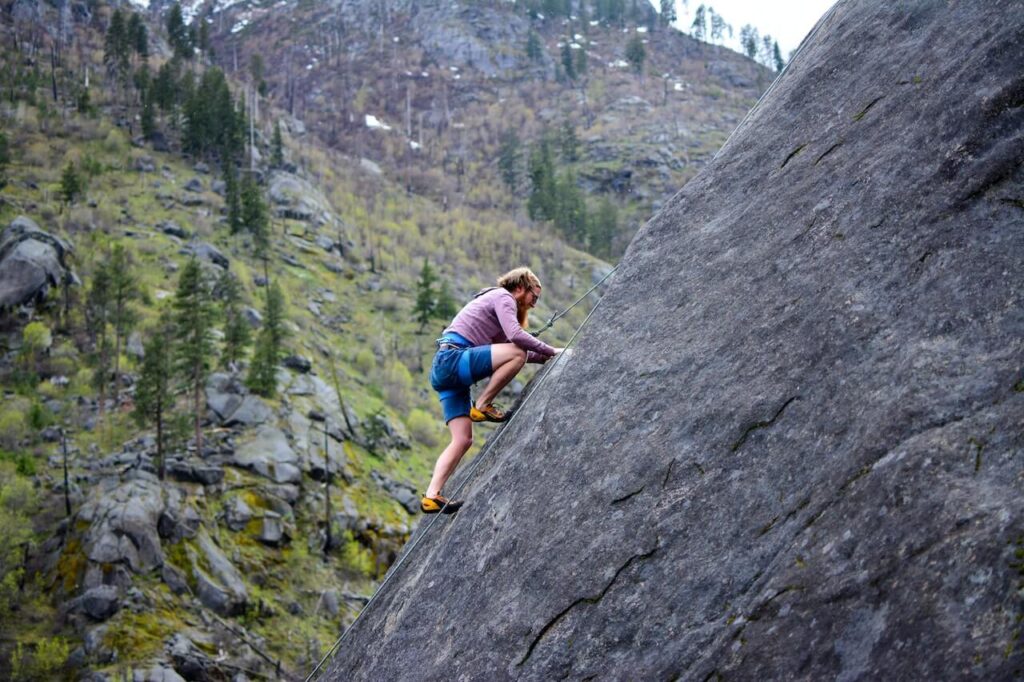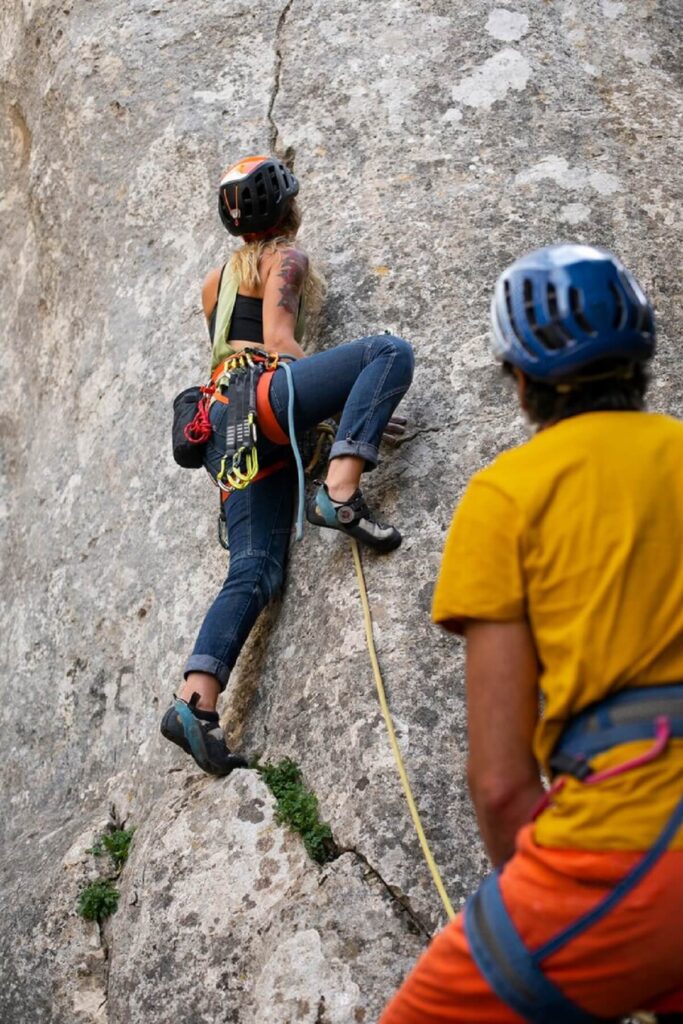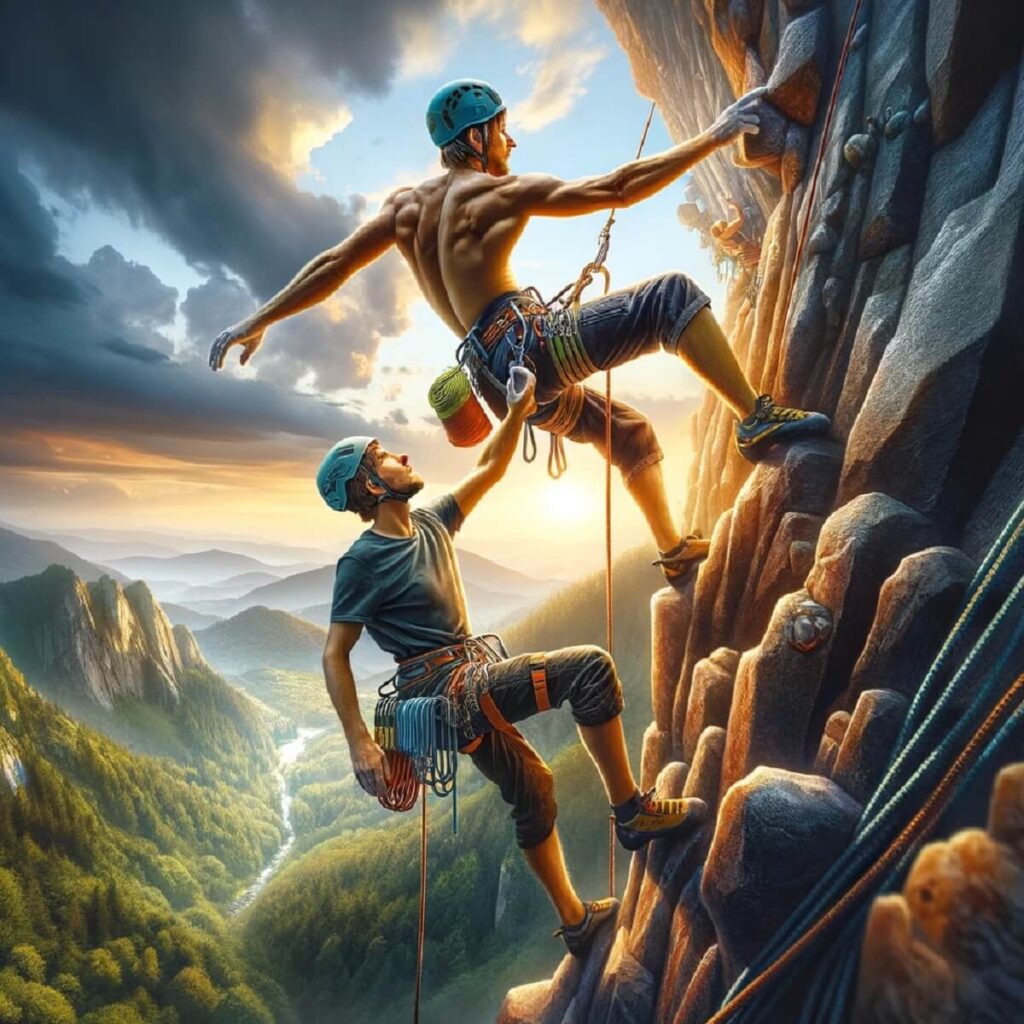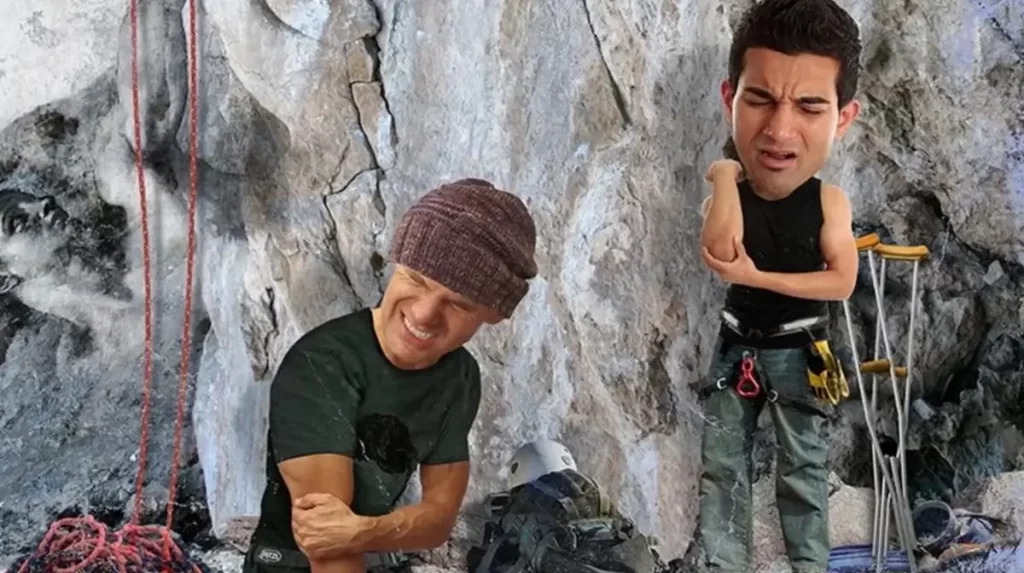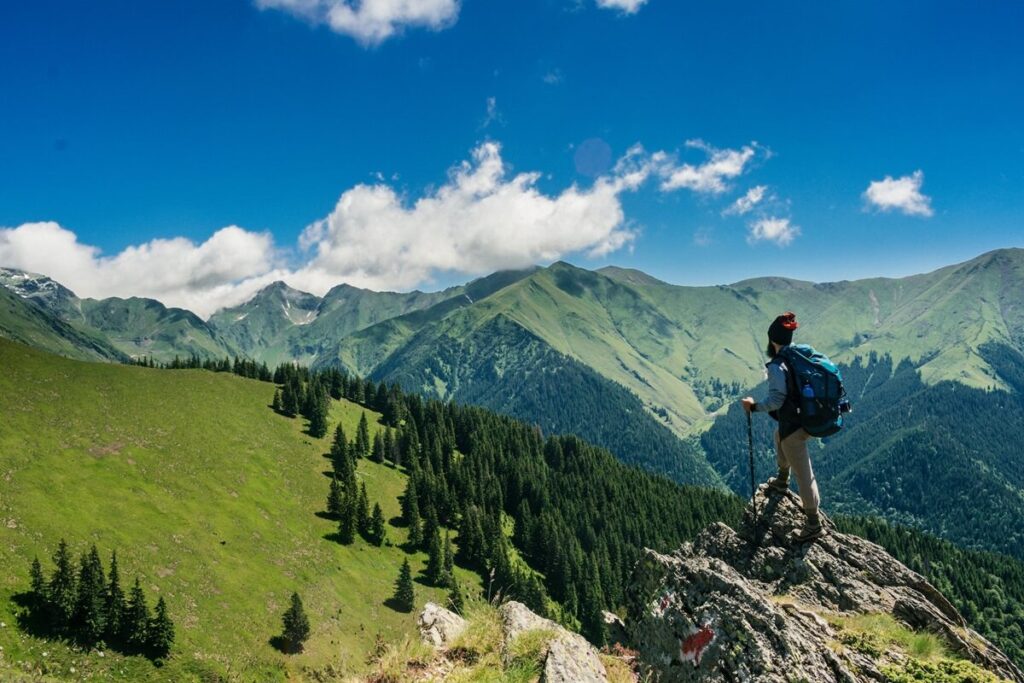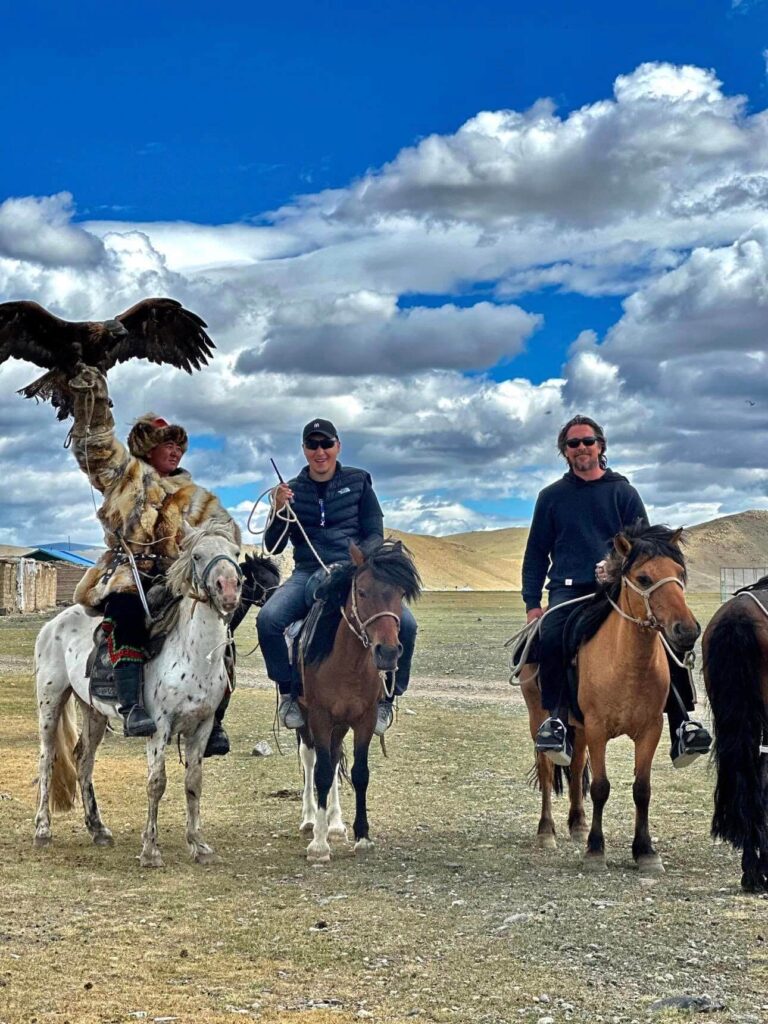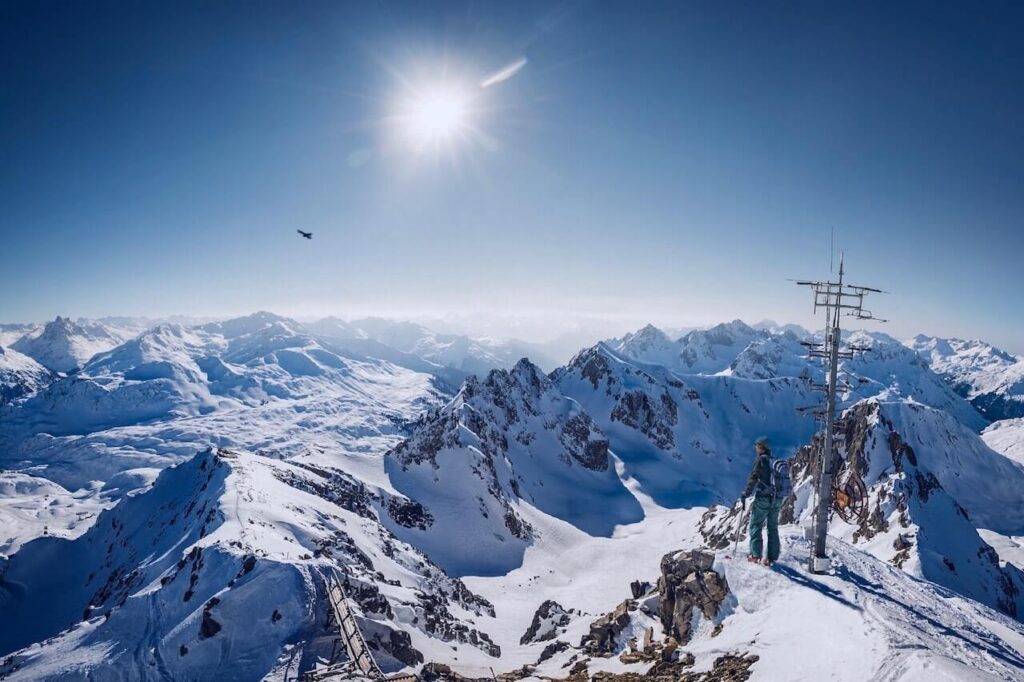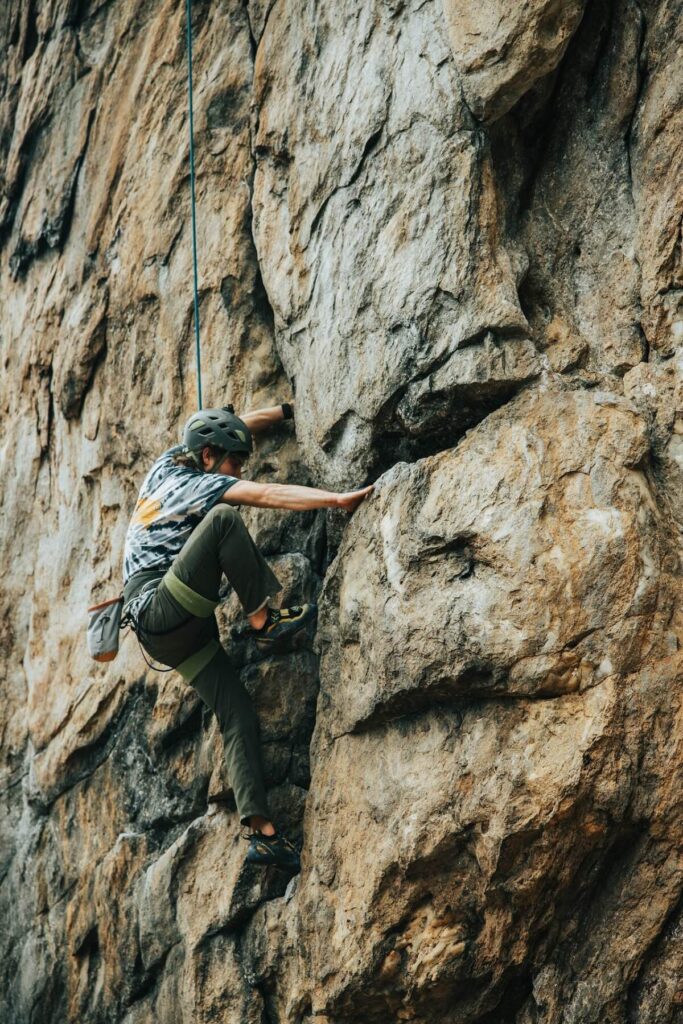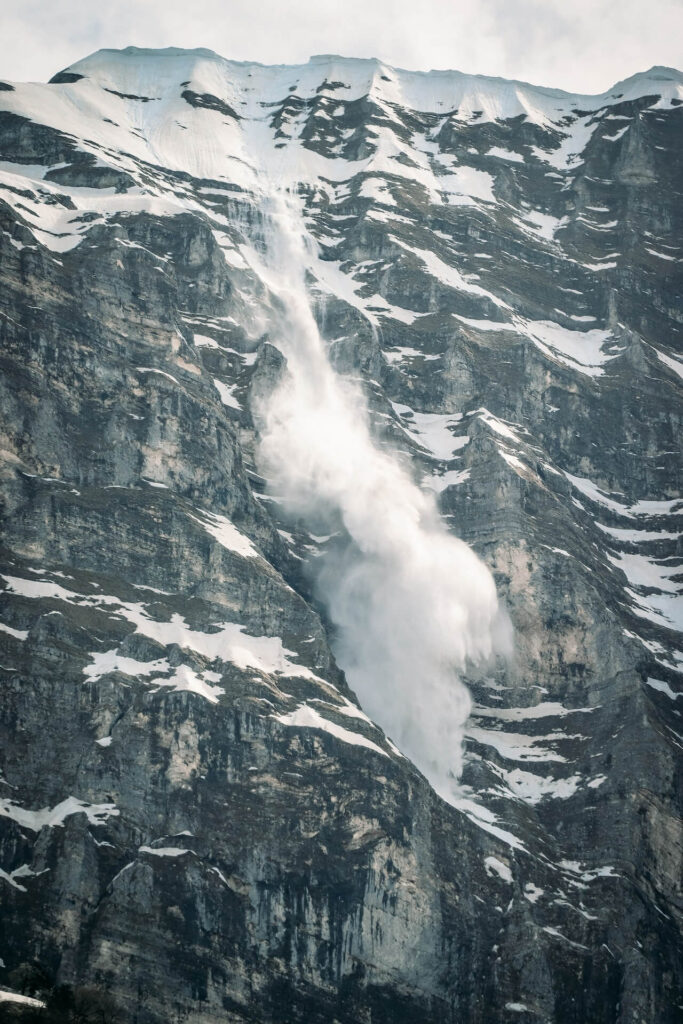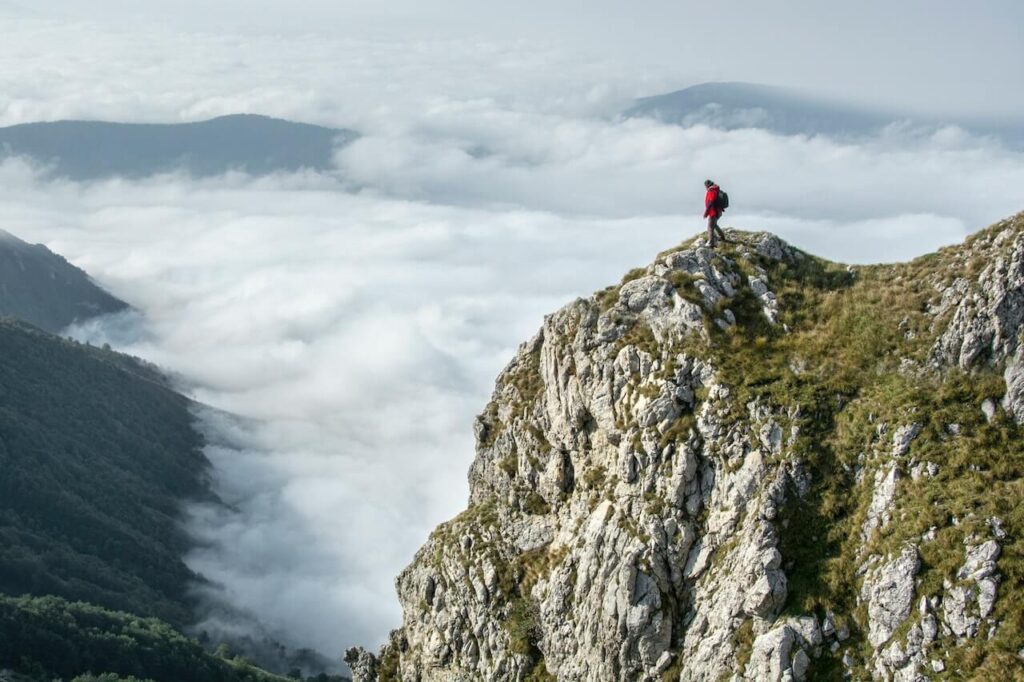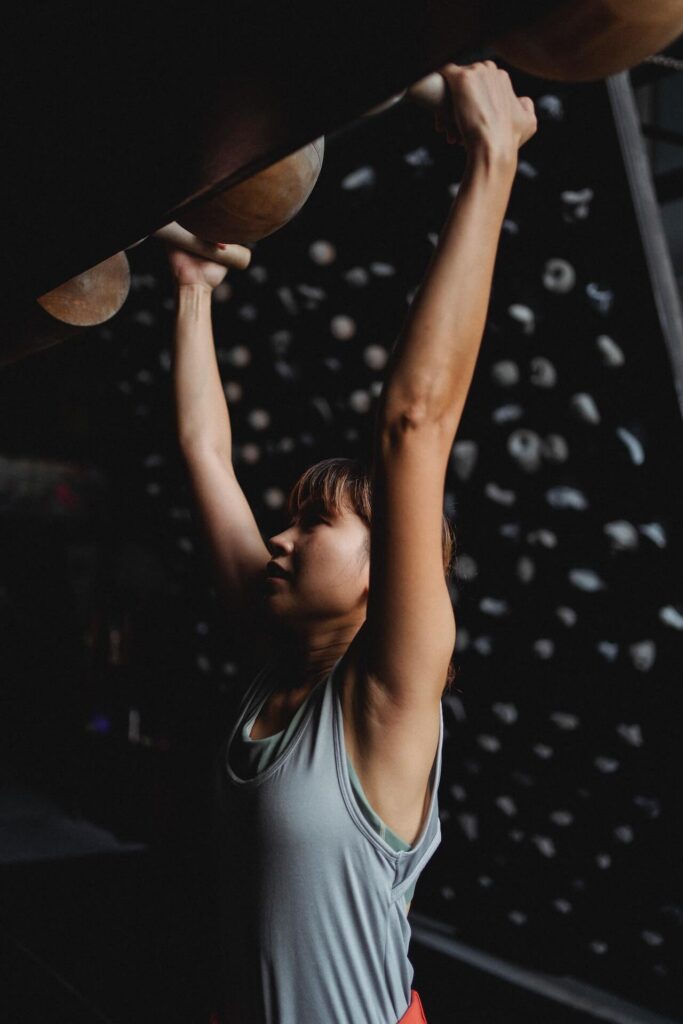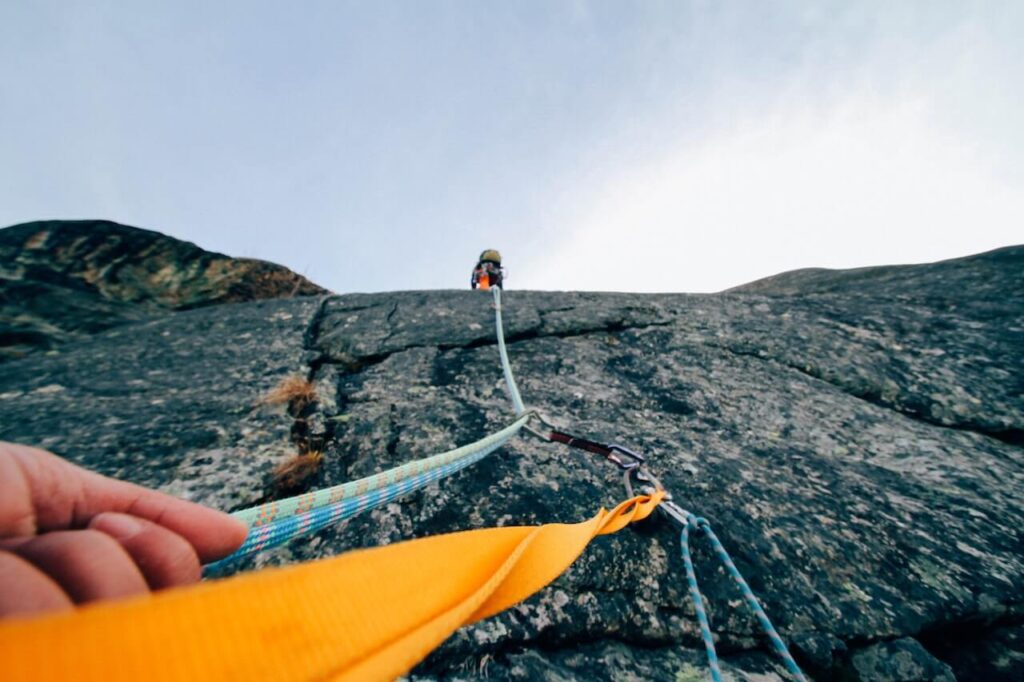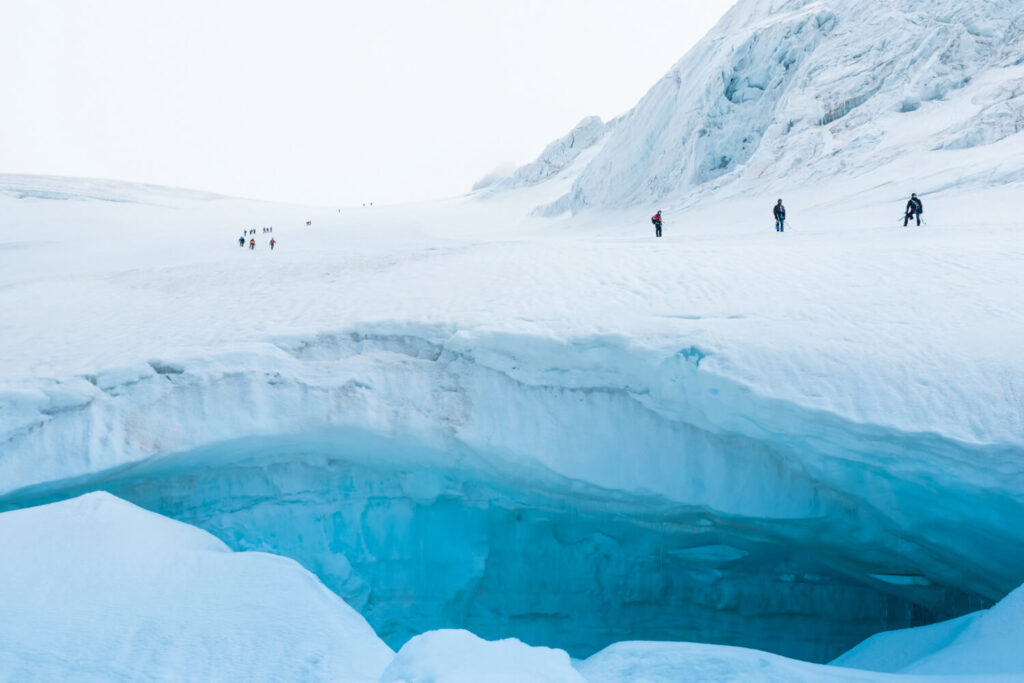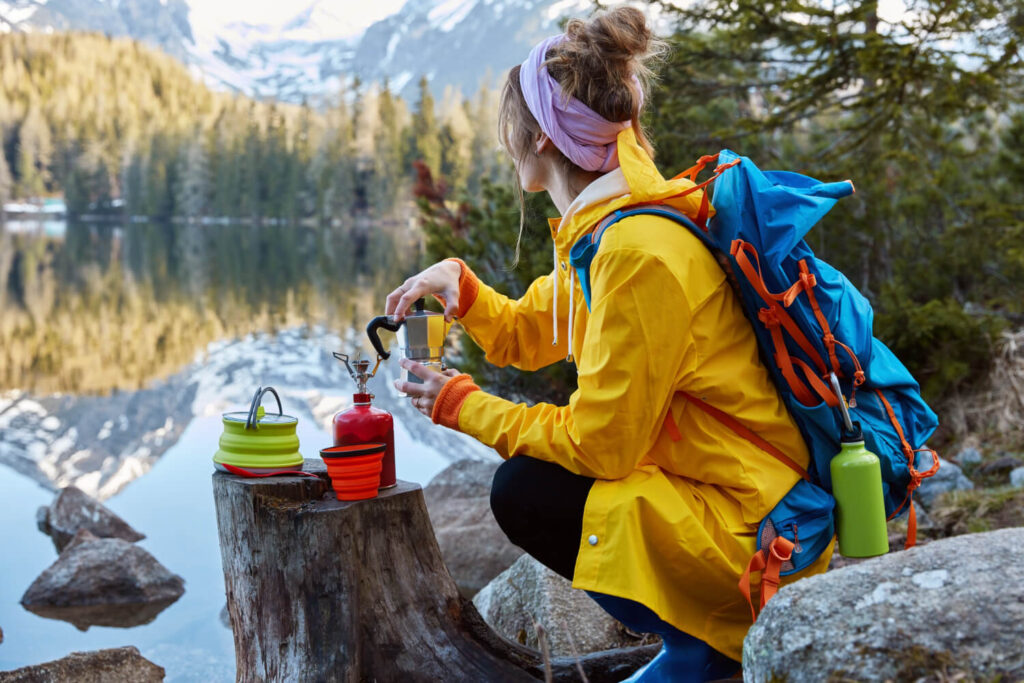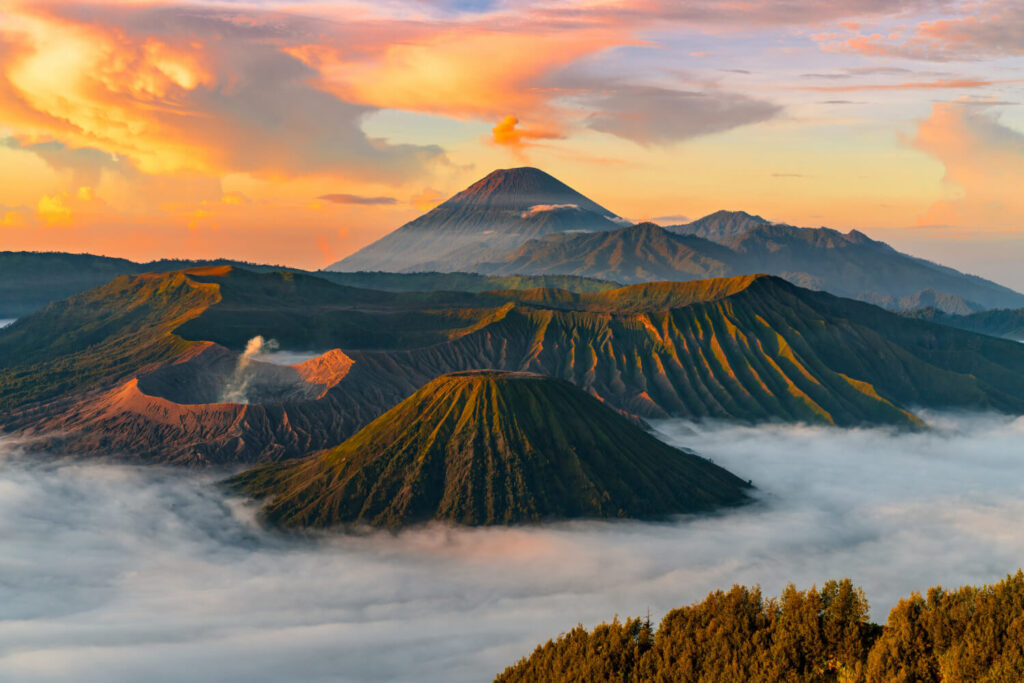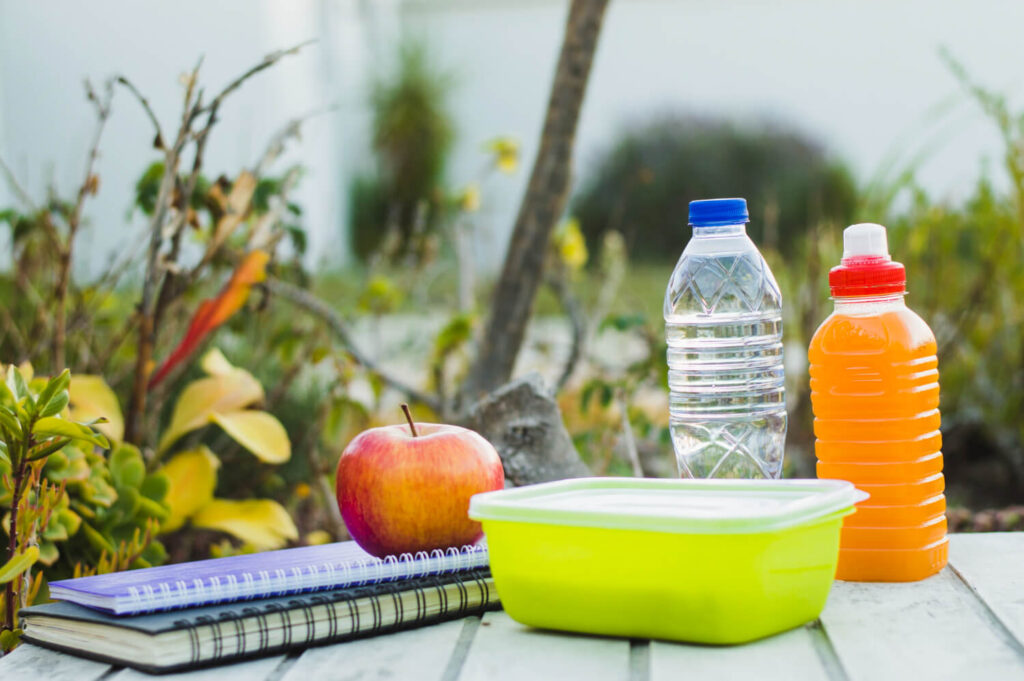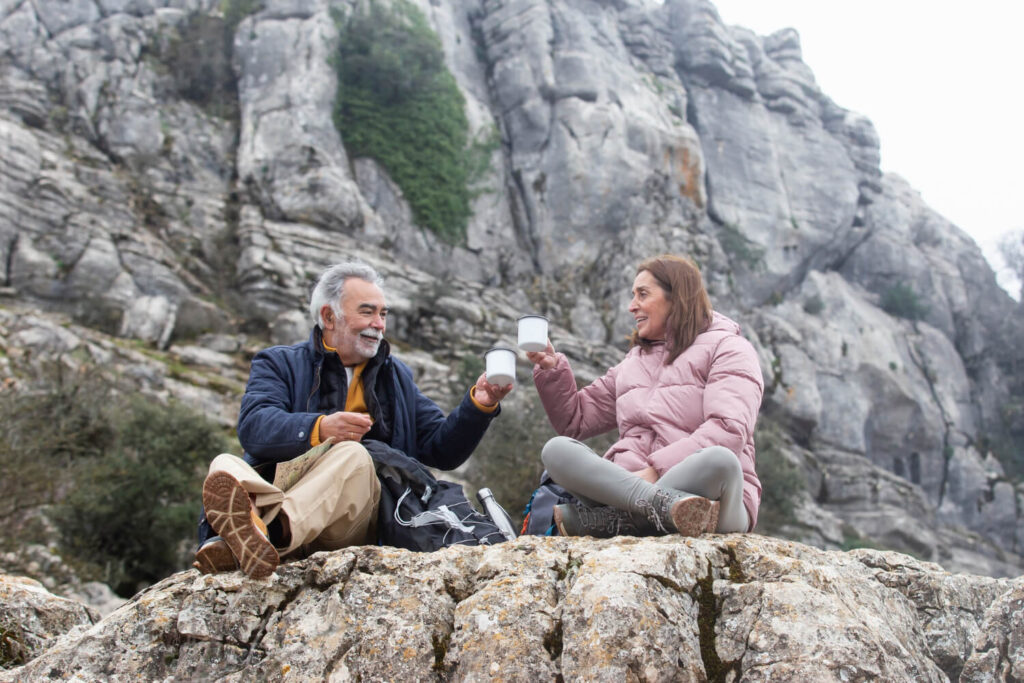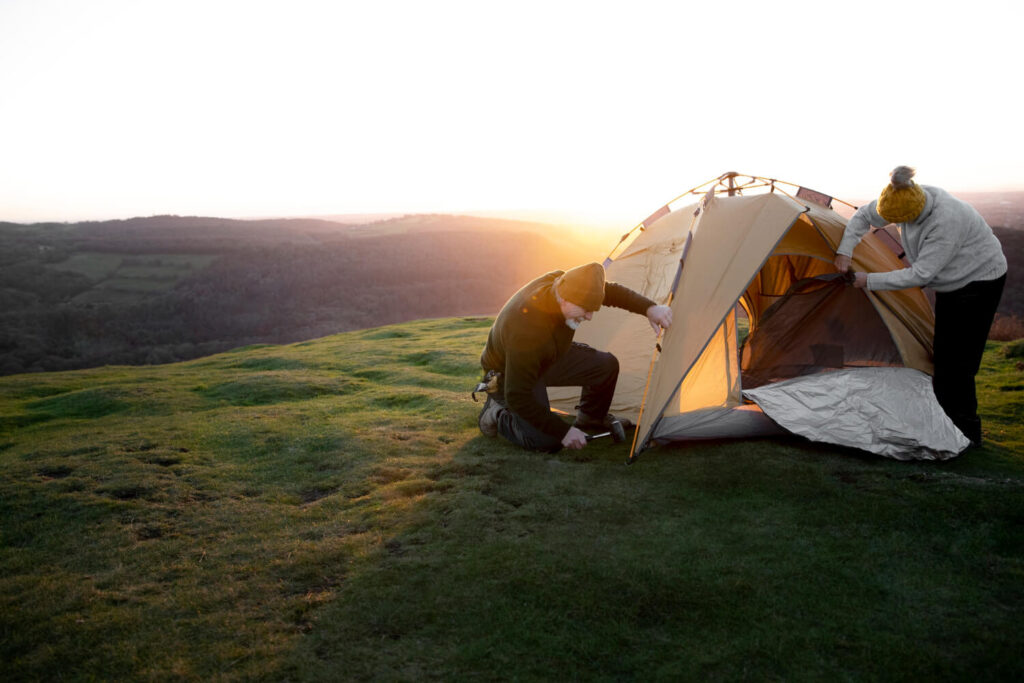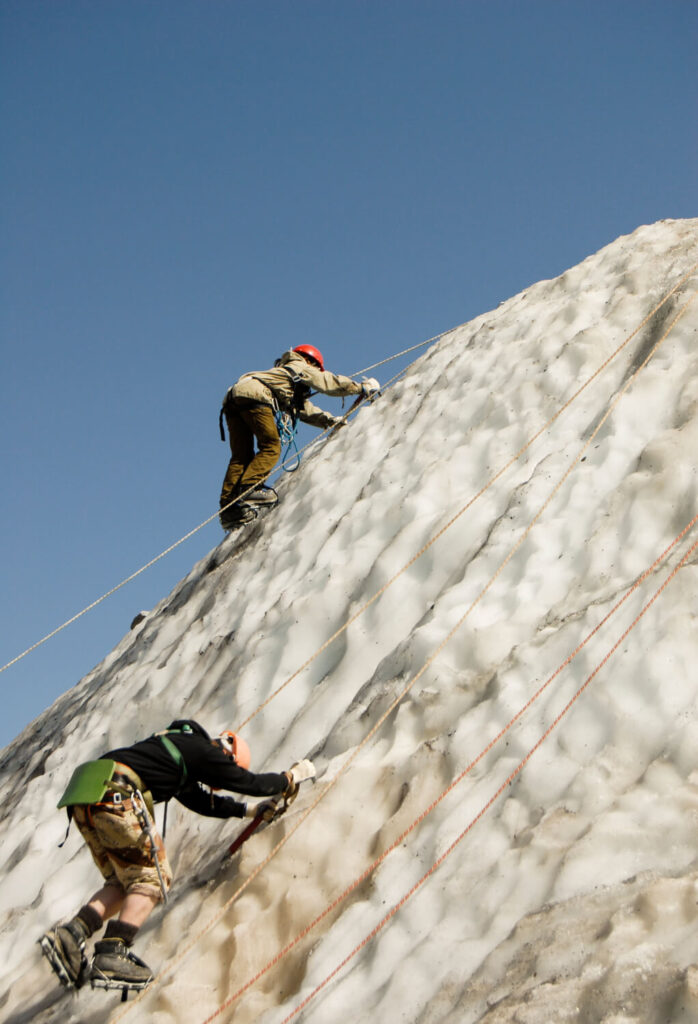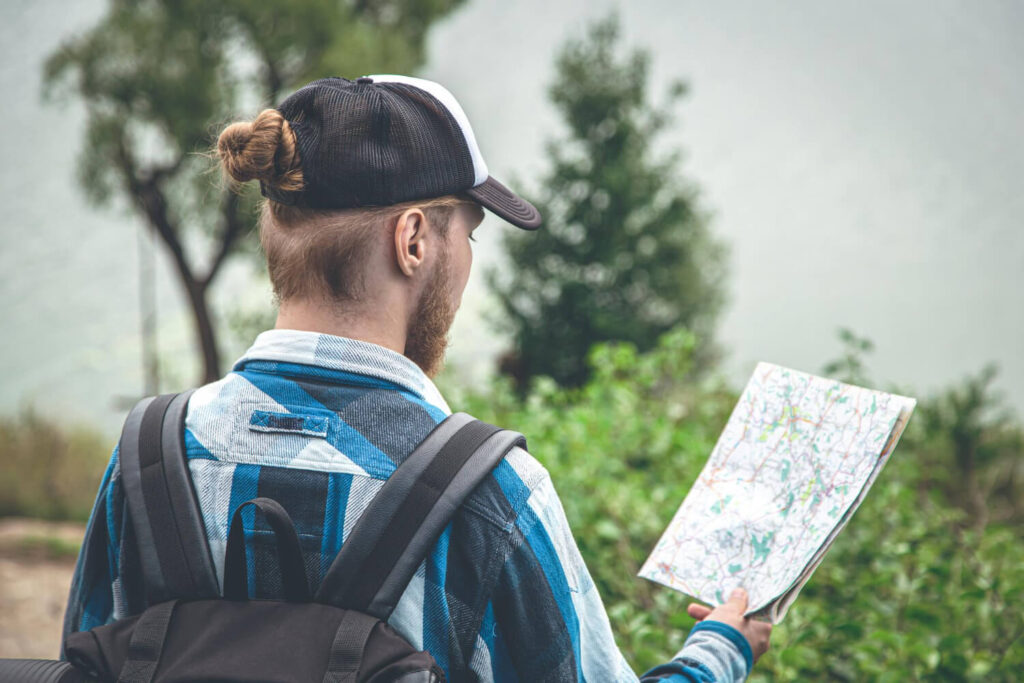Mountaineering is an exciting and challenging activity that requires the right gear and equipment to ensure a safe and successful climb. Whether you’re a seasoned climber or a beginner, having the right mountaineering gear is crucial to your success. In this article, we’ll explore 5 essential mountaineering must haves that every climber should have in their arsenal.
Navigation Tools and Locators for Mountain Climbing
If you’re planning an outdoor adventure in Mongolia, it’s important to keep in mind that the terrain can be rugged and remote. Navigation tools become even more crucial in this context, as it can be challenging to find your way in such a vast and often unmarked landscape.
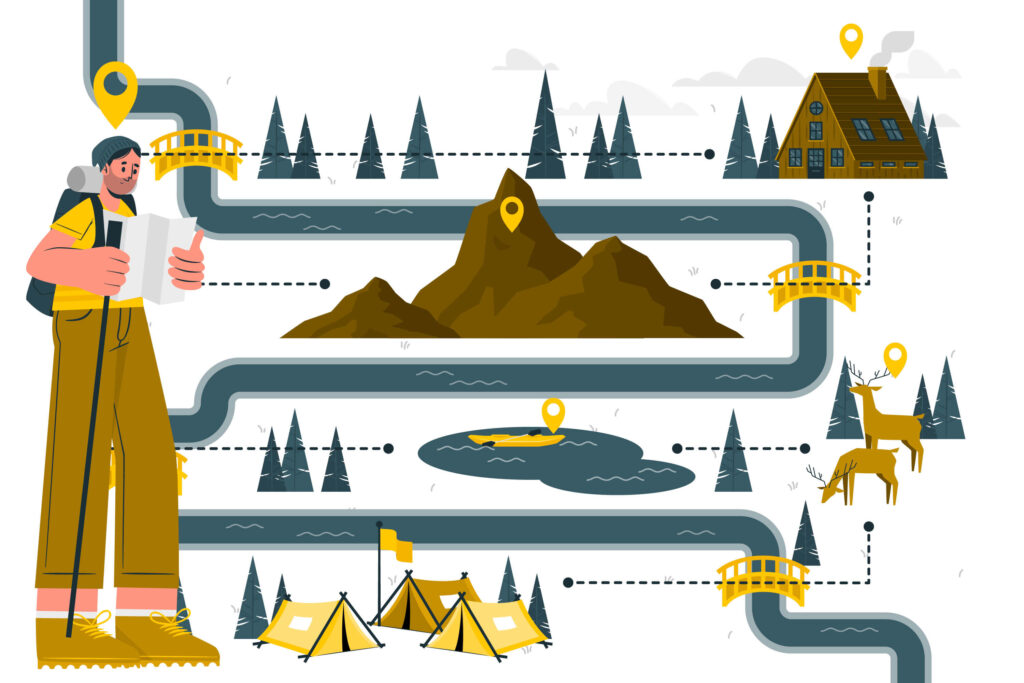
Along with the map and compass, consider packing a GPS device with pre-loaded maps of Mongolia, as well as a satellite phone for emergency communication. It’s also a good idea to do your research and consult with local guides or tour operators to ensure you have a solid understanding of the terrain and any potential hazards.
With the right navigation tools and preparation, exploring Mongolia’s stunning landscapes can be an unforgettable adventure.
Climbing Clothes & Shoes
When it comes to climbing, having the right clothes and shoes can make all the difference in your comfort and safety on the mountain. First and foremost, it’s important to wear clothes that are both breathable and durable. This means avoiding cotton, which can trap moisture and cause you to become cold and uncomfortable. Instead, opt for synthetic or merino wool fabrics that will wick away sweat and keep you warm even when wet.
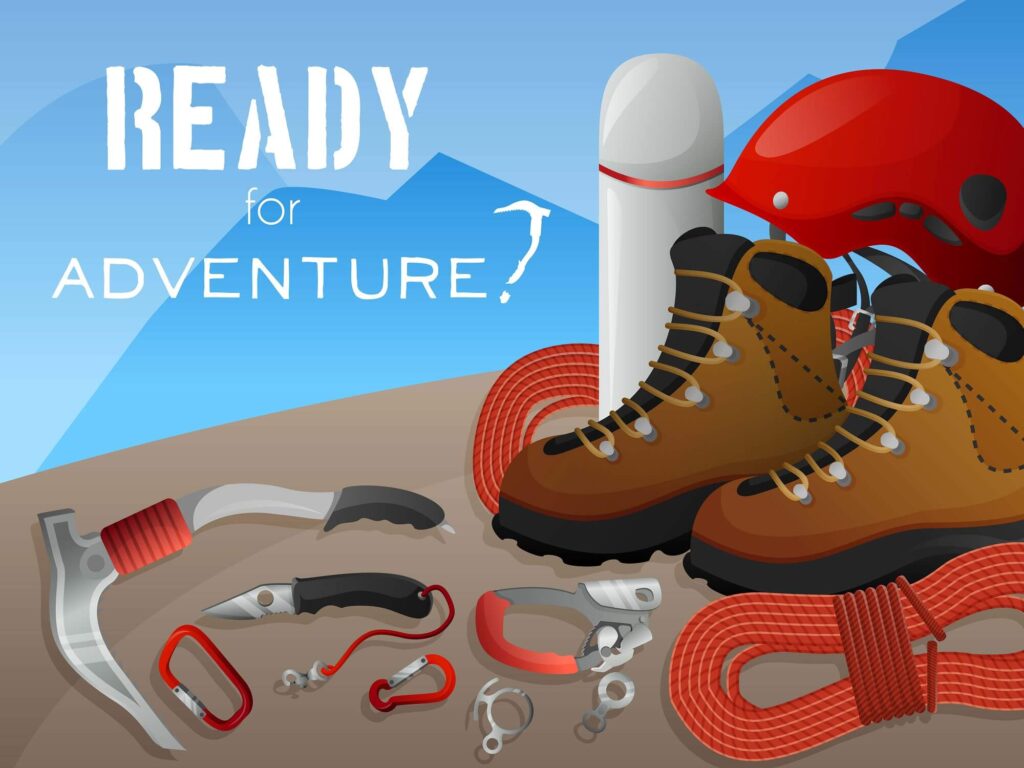
Additionally, layering is key to regulating your body temperature as you climb. Start with a moisture-wicking base layer, add an insulating mid-layer, and top it off with a weather-resistant shell to protect you from wind and precipitation. This layering system will allow you to easily adjust your clothing as needed throughout the climb.
For mountaineering, you’ll want shoes with a stiff sole and a high ankle for added support and stability. For rock climbing, you’ll want shoes with a more flexible sole for better grip on the rock. It’s also important to consider the type of terrain you’ll be climbing on and choose shoes with the appropriate tread and rubber for that terrain.
If you’re planning on climbing in Mongolia, it’s important to keep in mind that the climate can be harsh and unpredictable. With temperatures ranging from extreme cold to sweltering heat, it’s important to choose clothing that can handle a wide range of conditions. In particular, it’s important to bring clothing that can handle cold, windy conditions, as well as rain and snow.
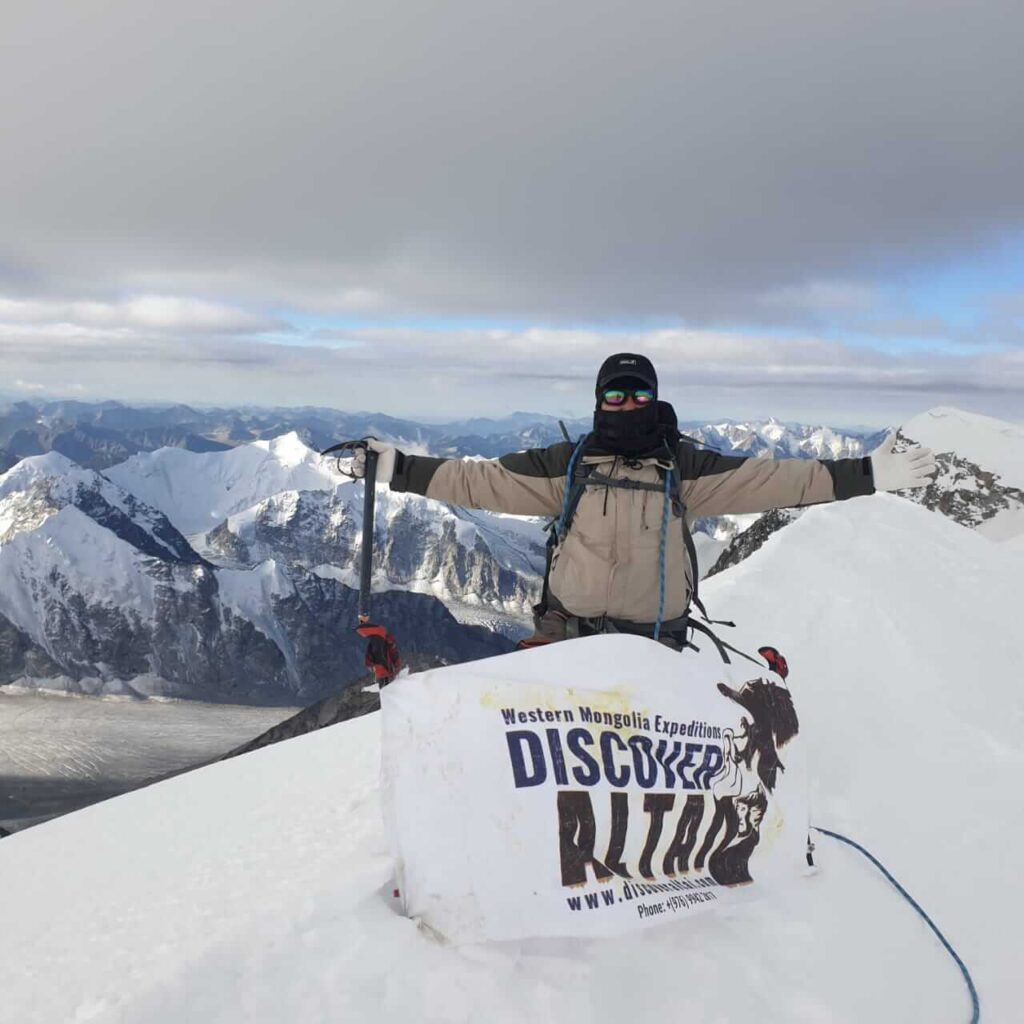
Overall, whether you’re climbing in the Altai Mountains or the Gobi Desert, having the right clothes and shoes is essential for a successful and safe climb. By doing your research and choosing gear that can handle the unique challenges of climbing in Mongolia, you’ll be able to enjoy the stunning beauty of this incredible country while staying comfortable and protected on the mountain.
Mountaineering Must Haves: First Aid and Contingencies for Every Climb
When it comes to mountaineering, safety should always be a top priority. One of the most crucial items to have on any climbing trip is a well-stocked first aid kit. Accidents can happen at any time, and being prepared with the necessary supplies can make all the difference in an emergency.
While a basic first aid kit should include essentials such as bandages and antiseptic solution, it’s also important to consider any specific needs for the area you’ll be climbing in. For example, if you’re in an area with a high risk of snake bites, a snake bite kit should be included. Additionally, bug spray, a thermal blanket, and an EPI pen can be life-saving in certain situations.
Another important consideration is being prepared for gear failure or accidents that may damage clothing. Keeping duct tape, a reliable knife or multi-tool, and a repair kit for clothing and gear can help you quickly and effectively address any issues that may arise. This can be particularly important in remote areas where help may not be readily available.
Finally, it’s important to have a backup plan in case of an unexpected situation. Having two copies of your itinerary, one with a friend and one left under your car seat, can help ensure that someone knows your whereabouts and can alert authorities if necessary. This can be particularly important in situations where you may become lost or delayed due to extreme weather or environmental changes.
Headlamp
When it comes to climbing, having a reliable source of light is essential for safety and convenience. A headlamp is an ideal option for climbers because it allows you to keep your hands free while still providing a bright, focused beam of light.
When choosing a headlamp for climbing, there are several factors to consider. First and foremost, you want to ensure that the headlamp is durable and able to withstand the rugged conditions of climbing. Look for a headlamp that is water-resistant and able to withstand impact.
Brightness is also an important factor to consider. For most climbing situations, a headlamp with a maximum output of at least 200 lumens should be sufficient. However, if you plan to climb in extremely dark or remote areas, you may want to opt for a headlamp with a higher maximum output.
Battery life is another thing we have to consider. Look for a headlamp with a long battery life, ideally one that can last for at least several hours on a single charge. Also, consider the type of batteries the headlamp uses. Some headlamps use rechargeable batteries, while others use disposable batteries.
Rechargeable batteries can be more convenient and cost-effective in the long run, but disposable batteries can be more reliable in extreme cold or remote areas where charging may not be possible. And try to think about any additional features that may be important to you, such as a red light mode for preserving night vision or a strobe mode for emergency situations.
By choosing a headlamp that meets your specific needs and preferences, you can ensure that you have a reliable source of light for all of your climbing adventures. And, if you’re climbing in Mongolia, a headlamp can be particularly important for navigating the rugged terrain and exploring the stunning beauty of this unique country.
Extra Food & Water
When embarking on a climbing trip, it’s important to be prepared for unexpected situations that may arise, such as foul weather, faulty navigation, or injury. One way to be prepared is to bring along extra food in case your trip is extended beyond your original plans. For shorter trips, a one-day supply of extra food should suffice, while longer treks or expeditions may require more.
It’s important to choose foods that require no cooking, are easily digestible, and can store well for long periods. A combination of jerky, nuts, candy, granola, and dried fruit is a good option. If you plan to bring a stove, consider adding cocoa, dried soup, and tea to your emergency food supply.
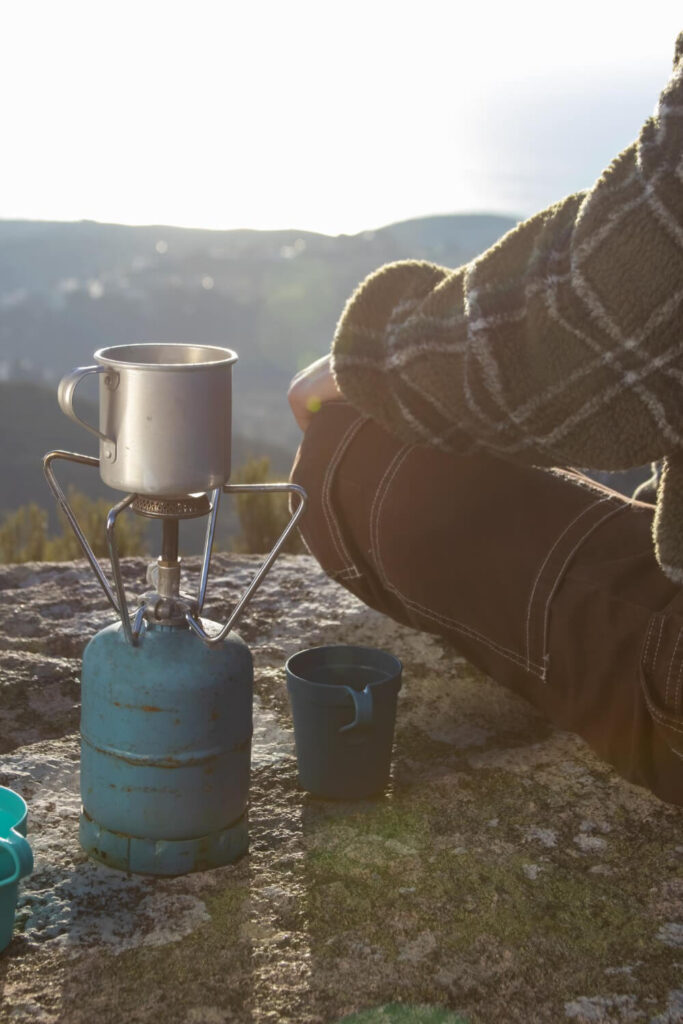
Water is another crucial item to consider when preparing for a climbing trip. It’s important to carry at least one water bottle or collapsible water sack, and to have the skills and tools necessary for obtaining and purifying additional water if needed.
Daily water consumption can vary greatly depending on factors such as weather, altitude, and exertion. In hot weather or at high altitudes, six quarts of water may not be enough, while in dry environments, additional water should be carried. Planning ahead for these factors can help ensure that you have enough water to stay hydrated and healthy during your climbing adventures.

